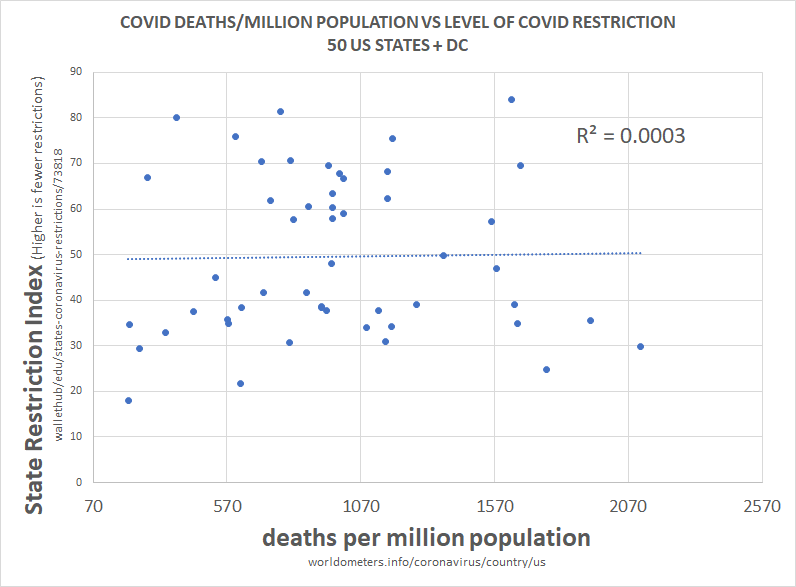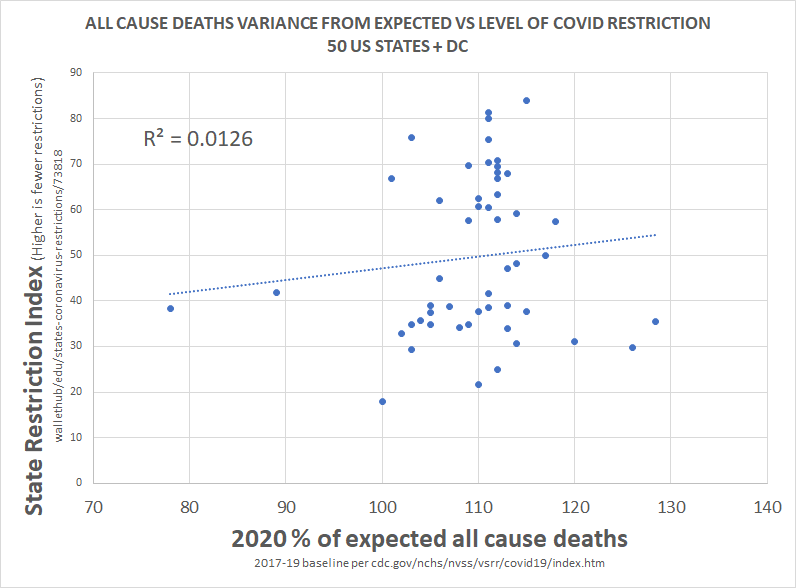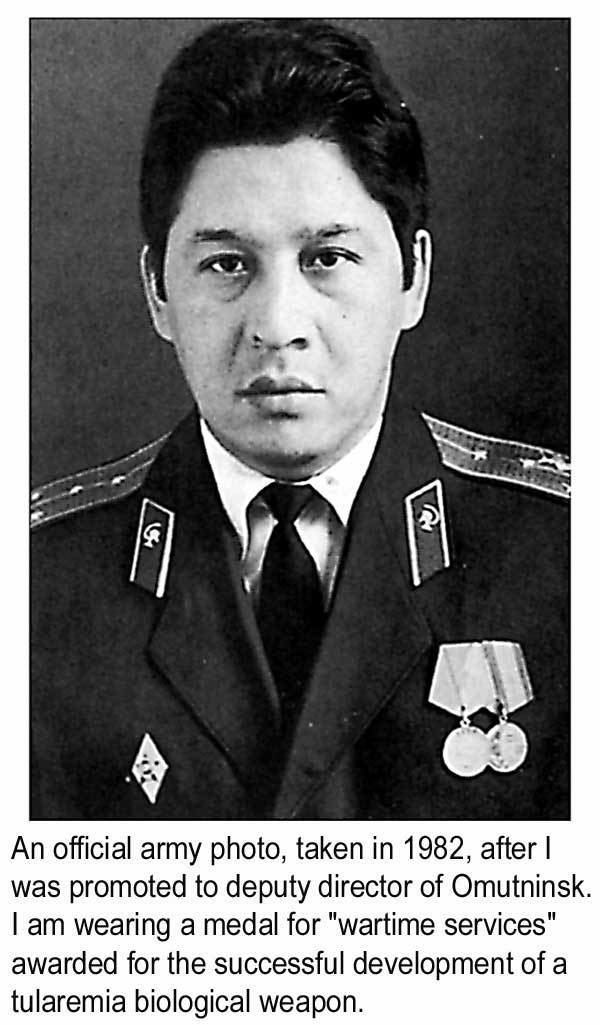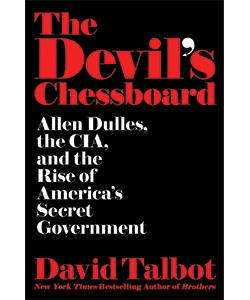So if you see a paper that shows very low sensitivity, ask:
"Are they comparing rapid antigen tests to "anytime" PCR RNA positivity? (Especially studies asking about sensitivity among asymptomatics)
2/x
Anyone seriously commenting on or writing scientific papers about rapid tests vs PCR should include impact of speed & frequency
— Michael Mina (@michaelmina_lab) February 1, 2021
NOT just lowest limit of detection
The latter is the least important for public health
Access frequency & speed are each MUCH more important metrics


this methodology is a little complex, so let me explain what i did.
— el gato malo (@boriquagato) May 30, 2020
a few EU countries provide real day of death data. this lets us plot meaningful curves to show rate of disease change.
what struck me is how similar all the curves were.
everyone got the same shape. pic.twitter.com/bN0hILzoSl
"If they start canceling these American presidents, they're gonna come after Bible characters next. Mark my words" -- Fox News "news side" host Bill Hemmer pic.twitter.com/qTPV0NERv8
— Aaron Rupar (@atrupar) February 19, 2021



